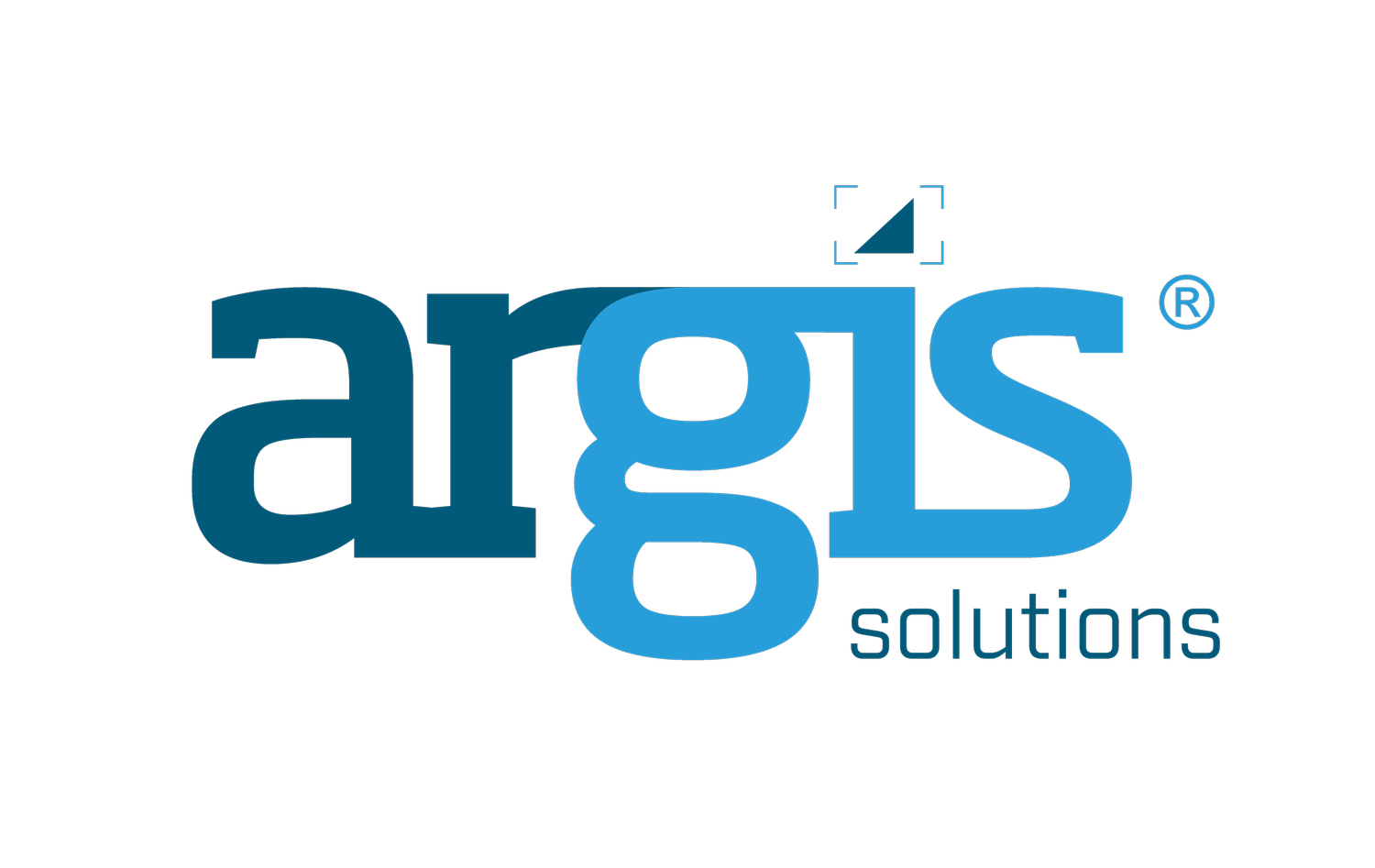Sea Turtle Solutions: A Geographic Approach for Endangered Species Protection
Partnering with NV5, Argis Solutions uses a JavaScript web application developed with the Esri Leaflet library to minimize adverse impact to sea turtles during dredging.
Watching footage of baby sea turtles struggle out of their eggs and clumsily head for the ocean, you find yourself holding your breath, cheering for them as they face daunting odds of survival. An estimated one in 1000 to one in 10,000 hatchlings reach adulthood. There is even more to root for—some sea turtle species have incredibly long migrations that take them several years and thousands of miles. These statistics underline the challenges the sea turtle faces and why it is endangered.
The Challenge
The Bureau of Ocean Energy Management (BOEM) has been working with scientists and the dredging industry to identify ways protect endangered sea turtles while still allowing the important work of dredging to continue. Dredging, a form of excavation, offers valuable environmental benefits: beach reclamation, flooding prevention, as well as contaminant remediation. The question to answer: How could dredging operations safely co-exist with minimal harm to sea turtles? In search of a digital approach for the answer to this question, BOEM enlisted NV5 Geospatial, partnering with Argis Solutions, to design a solution to this conservation problem.
A Digital Solution
A massive aggregation of data related to the turtles' behavior on the Atlantic coast was gathered from publicly available data sources and scientific turtle studies conducted by NV5. BOEM’s goal was to use this data to determine the best locations and times of year to dredge.
NV5 and Argis Solutions worked together to standardize the data for use in the solution. Recognizing ArcGIS software’s adeptness at communicating GIS data quickly and clearly, they created a JavaScript web-based application developed with Esri Leaflet library, Analyzing Sea Turtle Entrainment Risk (ASTER), in which users could actually view the estimated population of any given species, in any given area, at any given time. Now BOEM is able to plan dredging projects based on data rather than using arbitrary dredging windows.
It is a simple, intuitive solution that protects endangered sea turtle populations while allowing dredging companies to continue their work. Even better: Users with little experience operating technology of this kind can easily interpret the data, assess the risk, and adjust accordingly. Protecting endangered species like sea turtles will continue to be a complex global challenge, but creative digital solutions like this one are a big step in the right direction.


